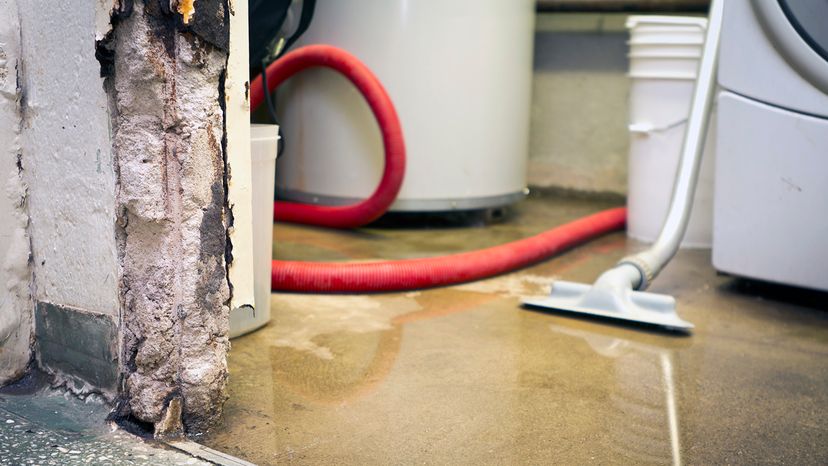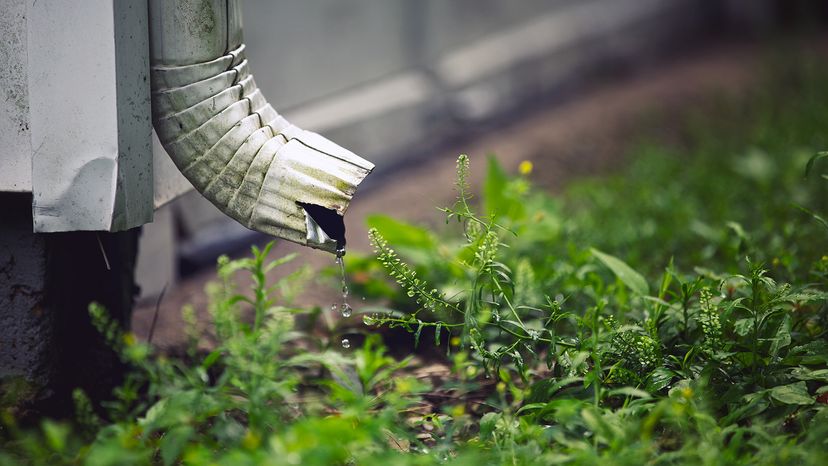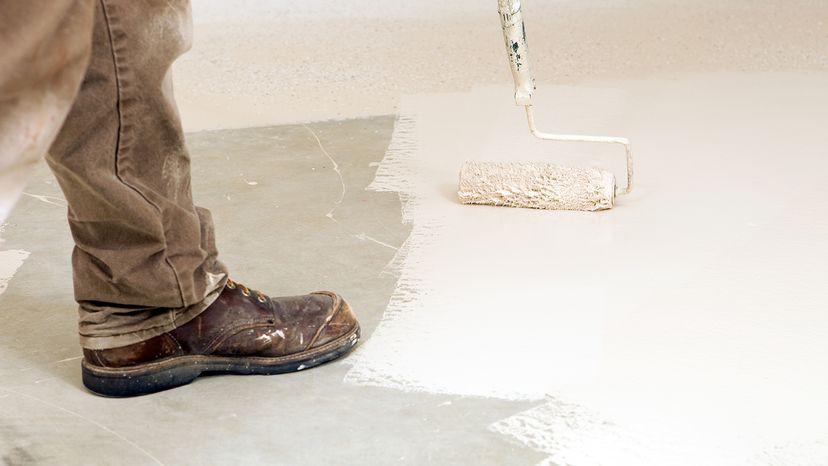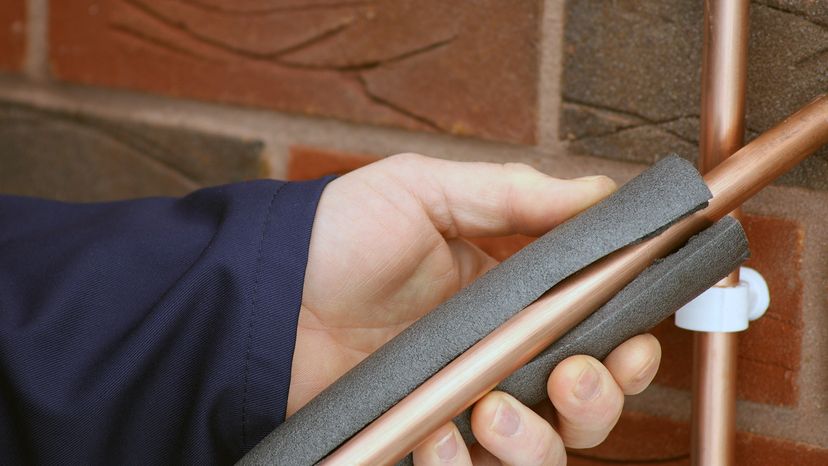
When it rains, it pours and when that rain pours into your basement, it might look like one of the Great Lakes. If that's the case, you might be tempted to call a contractor and have them install an expensive interior drainage system to pump the water out and to mitigate it from happening again. Before you write the check, it's entirely possible you can remediate the situation yourself.
It is not unusual for basements to become wet, or at the very least, moist. In fact, the American Society of Home Inspectors suspects that 60 percent of all homes in the U.S. have wet basements. And a wet basement, as you'd probably suspect, is not a good thing. It can lead to a variety of problems, including mold. Water in a basement can also rot away a home's drywall and framing [source: Wagner].
Advertisement
There are many reasons why your basement might not be dry, but the main culprit is that water from rain or even snowmelt is seeping in from the outside through a leak (or leaks) in the foundation. Moreover, there might be a leaking pipe or pipes dampened by condensation [source: Energystar.gov]. (More on how to fix that later.)
For now, let's assume that rainwater and snowmelt are the culprits. When it rains, or the snow melts, the water runs off your roof down toward the foundation of your house. Water, being water, always flows to its lowest level — an immutable fact of physics. It will saturate the soil near the house and seep under cracks in the foundation. Water can also penetrate concrete walls.
So the first step in mitigation is to figure out why your basement floods. If your basement leaks after a heavy rainfall, or in the spring when the snow melts, then the answer is pretty self-evident: Water is coming from the outside [source: familyhandyman.com]. The next step is to locate where in your basement the water is migrating. Once you've determined both of these, the next step is to stop the flow. We'll talk more about how to do that on the next few pages.
Advertisement


